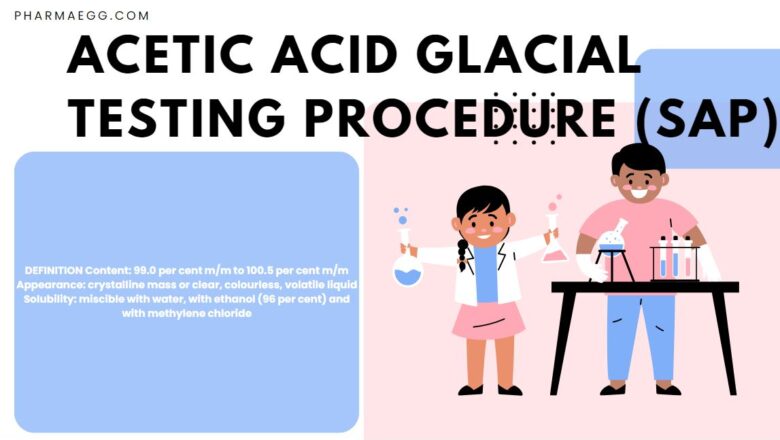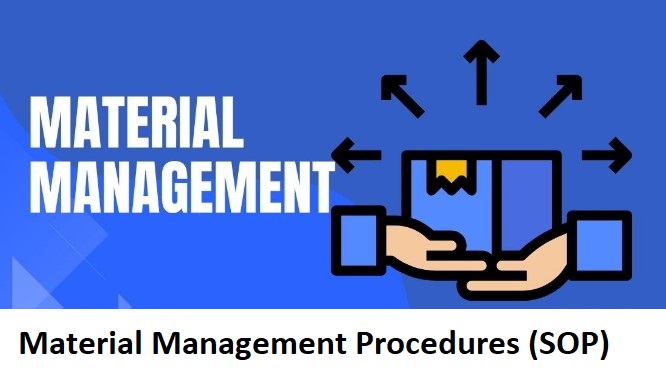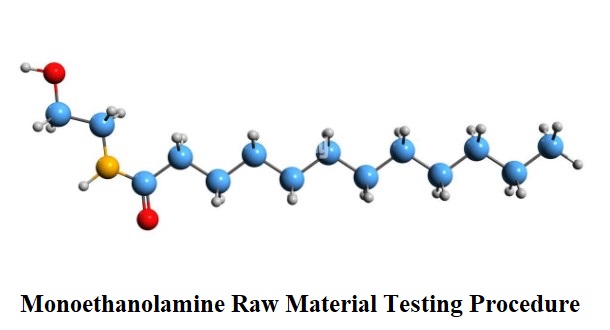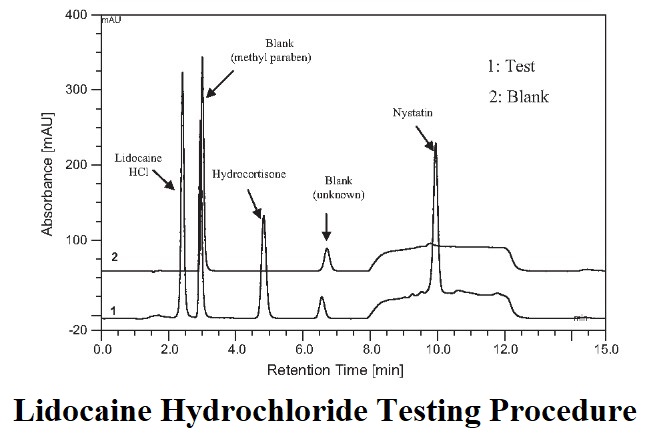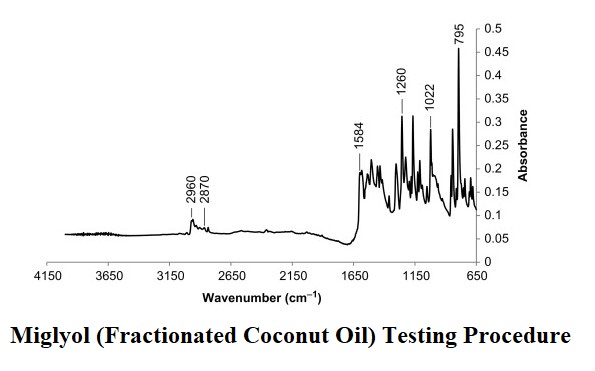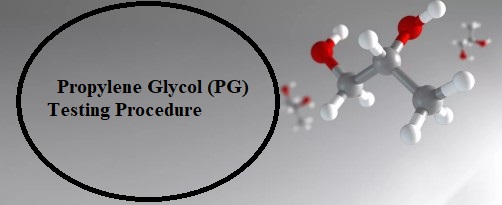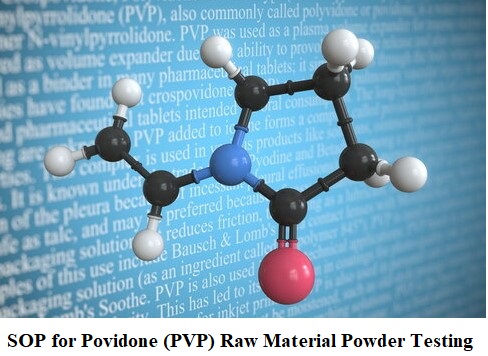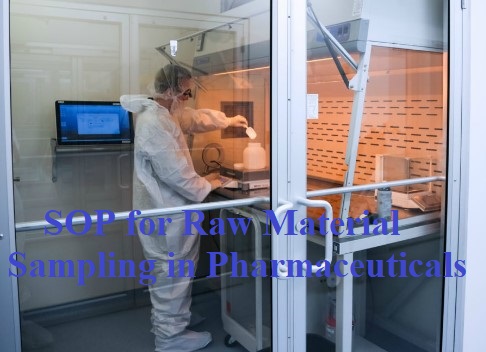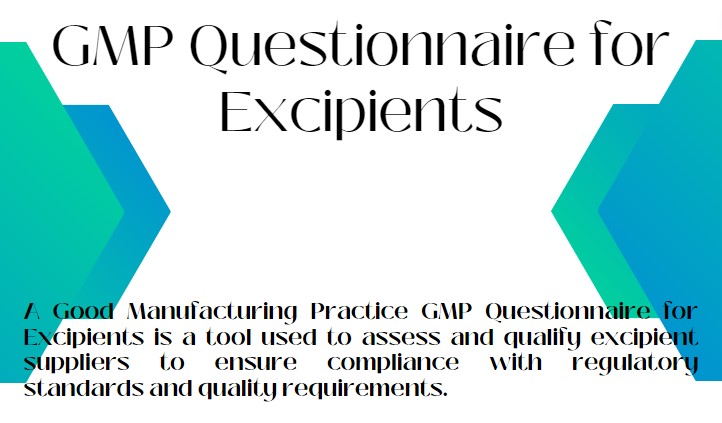
GMP Questionnaire for Excipients
Raw Material, General SOPS, General Topics, Microbiology, Product, Production, Quality Assurance, Quality Control, SOPs, Testing Methods
A Good Manufacturing Practice GMP Questionnaire for Excipients is a tool used to assess and qualify excipient suppliers to ensure compliance with regulatory standards and quality requirements.
Part I: To be Completed by Supplier
A) Contact Details
Name:
Address:
Postal Code, City:
Country:
Telephone / fax / E-mail:
Contact Person:
Is your company the subsidiary of another company or corporation?
Yes
No
If yes, please state name of parent company:
Number of local employees:
What services do you offer? (enclose a description, if applicable)
Is your company certified according to MP (if yes, please enclose certificate)
Yes
No
Part II: To be Completed by Manufacturer Only
I confir...


